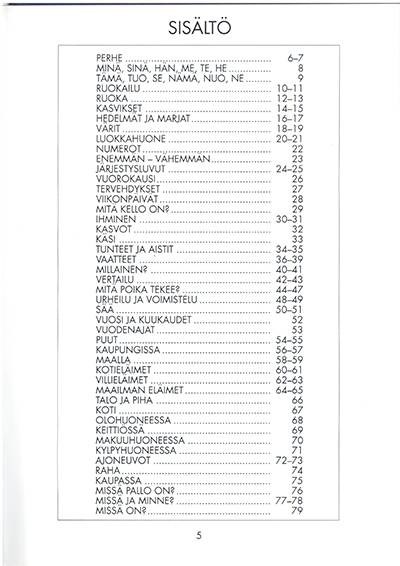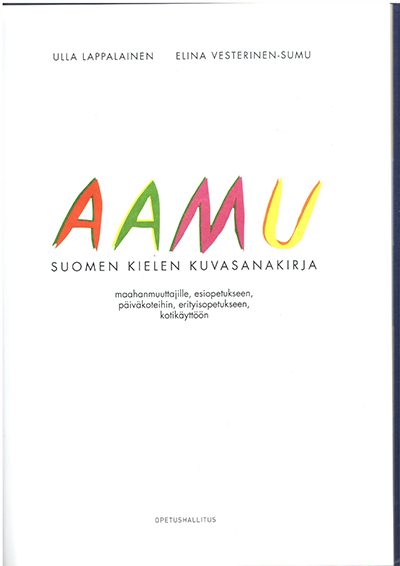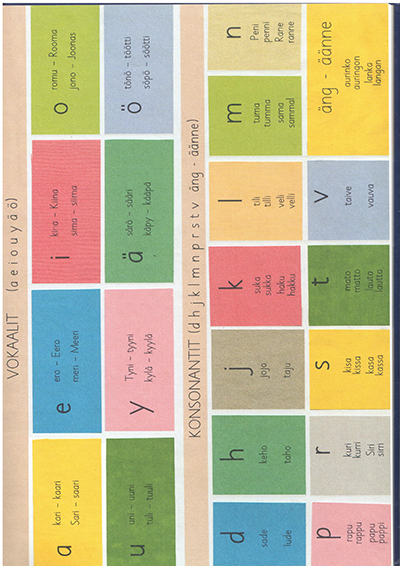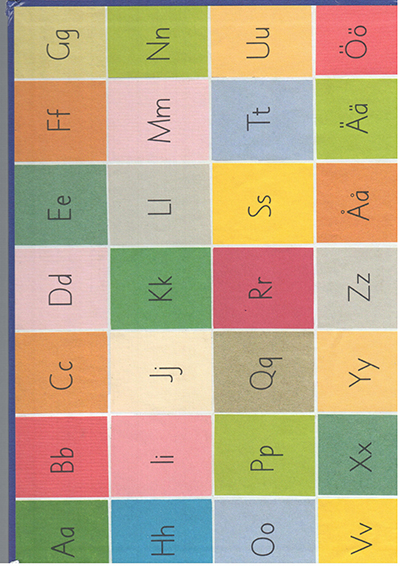| Sorted by date | |||
page109from Nordic Architects Writes
Finland it was not permissible to turn one’s
gaze to the past, one had to step forward boldly on the chosen path. In
Wickberg’s analysis, style therefore becomes more than just a way of arranging
architectural elements based on everyone’s aesthetic taste; it becomes a symbol
born of inner necessity to every nationally important civilization of the new
age with pretensions to great art. It is for precisely this reason that in
architecture, Wickberg urges the reader to be obedient to the fundamental
programme indicated by the creators of the Modern Style; they were visionaries
who created the ethos of modern Finland and made it progress.16
As
we come to the 1950s, Finland is rewarded for her logical and unbroken line on
the path of Modernism. Finland becomes a world-famous land for design, and
Finnish skills in joinery, glassware, furniture design, textile design and
architecture are suddenly in demand as paradigmatic pioneers. In 1952, Finland
concludes her war-reparation payments to the Soviet Union and the Helsinki
Olympic Games are held complete with their Coca-Cola advertisements, exotic
sportsmen and women and their international atmosphere. It is clear that at
last, Finland is having a banquet year in the midst of its own culture.
Joy
and pride can be seen at last in the architecture debate, too. The Museum of
Finnish Architecture begins operations in 1956 and Arkkitehti is given an
overhaul. It starts aiming to be a comprehensive cultural journal which, in
accordance with the view enthusiastically pursued by Aalto back in the 1940s,
will increase the links between architecture and accelerating design; in 1953,
a separate series named ARK begins to be published four times a year to deal
with these themes. Both Wickberg and Aulis Blomstedt rise to the top of the
architectural debate because of their knowledge of culture and their sparkling
dialogue; so ecstatic is the euphoria that both of them refer fascinated to the
same Le Corbusier quotation from 1936: “architecture is state of mind, not a
profession”.17
In
this light, Blomstedt’s 1958 inaugural lecture “The Problem of Architectural
Form” represents an exciting policy definition. It defines architecture as
being like other areas of art and industrial design, but nevertheless as an
autonomous art form that is a law unto itself. The key question for Blomstedt
is one of relationships: in the same way as the organization of the planets is
based on the mass of the heavenly bodies and the forces of interaction between
them in accordance with precise physical laws, so architecture too is based on
harmonic relationships. Architecture is not just a matter of artistic design,
but the art of proportion, where as well as aesthetically refined spatial
forms, it must have its own logic defined by mathematical precision. The
architect’s place in society is, as Blomstedt puts it in a lecture given in
Oslo in 1956, “the place of the intellect”: the architect’s intellectual work
takes place precisely in the area of harmony.18 The harmony, the comprehensive synthesis, that Blomstedt is reaching for
is nevertheless only possible through systematic measurement and mathematical
relationships, as the Canon 60 system that he developed himself around 1960
demonstrates.
Topicality
and growing criticism towards Alvar Aalto’s absolute authority and position of
power, plus a growing dissatisfaction with the overall quality of the built
environment derived from mass production, suddenly makes Aulis Blomstedt an
extremely interesting theoretician in the climate of the 1960s. He represents a
new kind of internationalism, after all he had been involved in 1958 with the
Helsinki
|
|||
|
|||
|
|
 ... ...
... ... ... ...
... ... ... ...
... ... ... ...
... ... ... ...
... ... ... ...
... ... ... ...
... ... ... ...
... ... ... ...
... ... ... ...
... ... ... ...
... ... ... ...
... ... ... ...
... ... ... ...
... ... ... ...
... ...